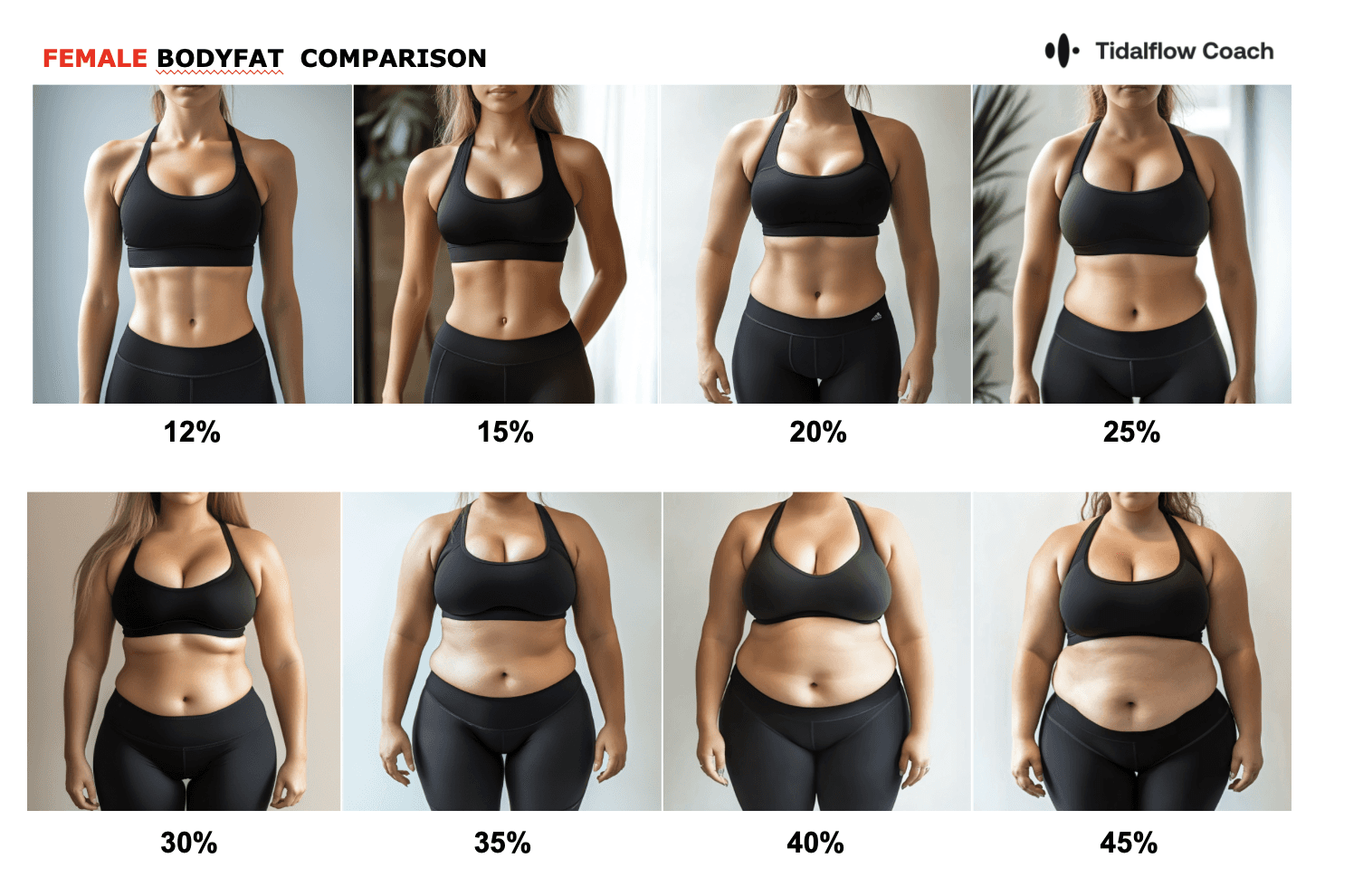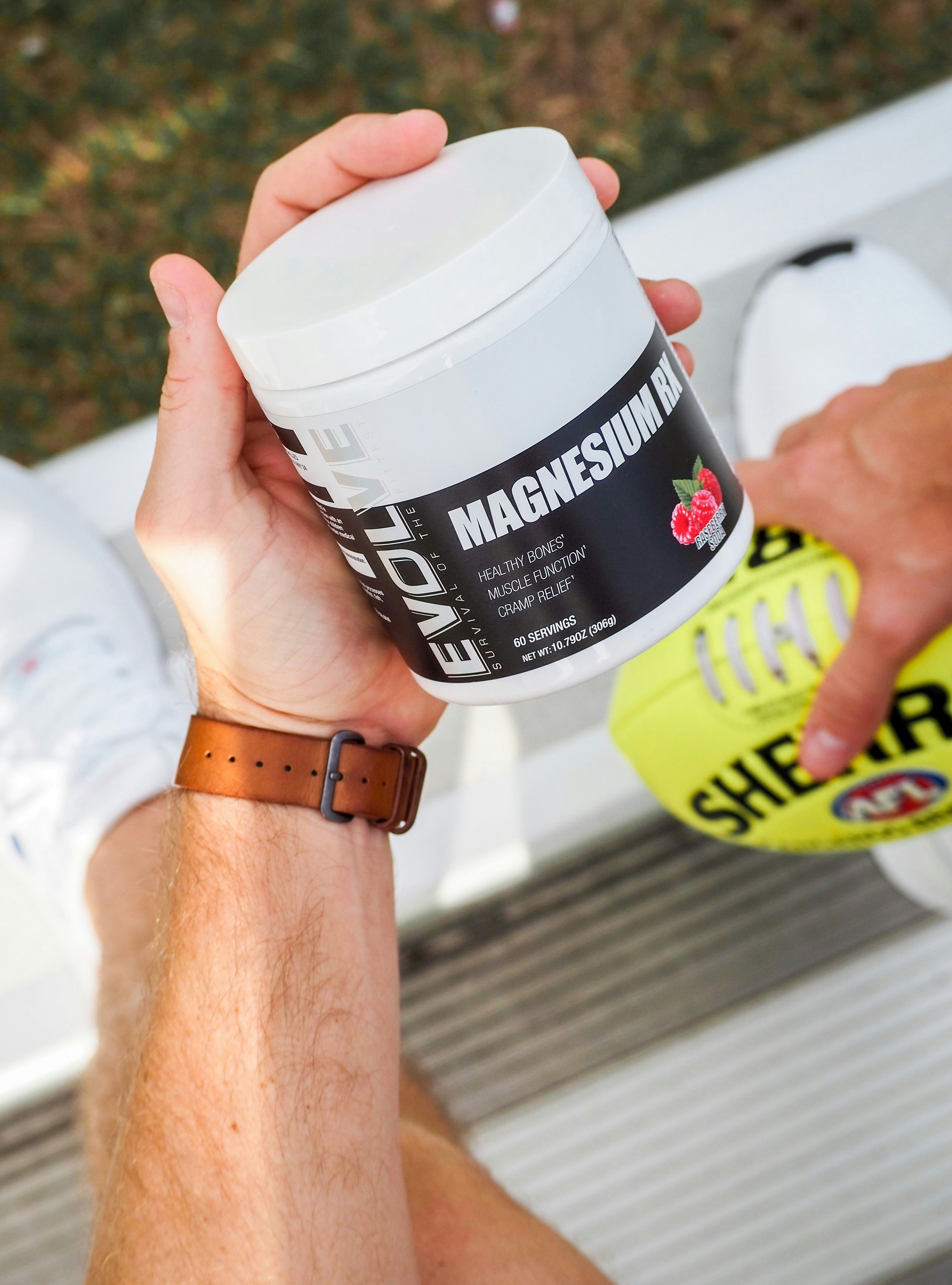Relieve Pelvic Pain After Exercise: Expert Tips & Strategies
Sep 16, 2024
Experiencing pelvic pain after exercise can be both uncomfortable and concerning. At Tidalflow, we understand the importance of addressing this issue to ensure your fitness journey remains enjoyable and sustainable. In this comprehensive guide, we'll explore the causes of post-exercise pelvic pain and provide you with effective strategies to find relief.
Understanding Pelvic Pain After Exercise
Pelvic pain after exercise can manifest in various ways and stem from different causes. It's essential to understand that while some discomfort during or after exercise is normal, persistent or severe pain should be addressed.
Common Causes of Pelvic Pain After Exercise
Muscle Strain: Overexertion of the pelvic floor muscles or surrounding muscle groups can lead to strain and subsequent pain.
Pelvic Floor Dysfunction: Weakness or tightness in the pelvic floor muscles can cause pain, especially after high-impact exercises.
Hormonal Changes: Fluctuations in hormones, particularly in women, can affect pelvic pain sensitivity.
Dehydration: Lack of proper hydration can lead to muscle cramps and pain in the pelvic region.
Improper Form: Exercising with incorrect form can put undue stress on the pelvic area.
Underlying Conditions: In some cases, pelvic pain may be related to conditions such as endometriosis, pelvic inflammatory disease, or prostatitis.
Understanding the potential causes of your pelvic pain is the first step in finding effective relief. Now, let's explore strategies to alleviate this discomfort.
Immediate Relief Strategies
When you experience pelvic pain after exercise, try these immediate relief techniques:
1. Rest and Ice
Take a break from intense activities and apply ice to the affected area. This can help reduce inflammation and numb the pain. Apply ice for 15-20 minutes at a time, with a thin cloth between the ice and your skin to prevent ice burn.
2. Gentle Stretching
Perform gentle stretches targeting the pelvic region and surrounding muscles. Here are a few to try:
Child's Pose: A yoga pose that gently stretches the lower back and pelvic muscles.
Happy Baby Pose: This pose can help release tension in the pelvic floor.
Butterfly Stretch: Helps stretch the inner thighs and pelvic area.
Remember to move slowly and stop if you feel any increase in pain.
3. Heat Therapy
After the initial 24-48 hours, switch to heat therapy. Use a heating pad or take a warm bath to relax tense muscles and improve blood flow to the pelvic region.
4. Hydration
Ensure you're well-hydrated. Dehydration can exacerbate muscle pain and cramps. Aim to drink water consistently throughout the day, especially before, during, and after exercise.
5. Over-the-Counter Pain Relief
If approved by your healthcare provider, over-the-counter anti-inflammatory medications like ibuprofen can help reduce pain and inflammation.

Long-Term Strategies for Preventing and Managing Pelvic Pain
While immediate relief is important, implementing long-term strategies can help prevent future occurrences of pelvic pain after exercise.
1. Pelvic Floor Exercises
Strengthening your pelvic floor muscles can help prevent pain and improve overall pelvic health. Try these exercises:
Kegel Exercises: Contract your pelvic floor muscles (as if you're stopping the flow of urine) for 5 seconds, then relax for 5 seconds. Repeat 10 times, 3 times a day.
Bridge Pose: Lie on your back with knees bent and feet flat on the floor. Lift your hips, engaging your pelvic floor and glutes. Hold for 5-10 seconds, then lower. Repeat 10 times.
2. Core Strengthening
A strong core supports your pelvic floor. Include exercises like planks, bird dogs, and dead bugs in your routine.
3. Proper Warm-Up and Cool-Down
Always include a thorough warm-up before exercise and a cool-down afterward. This helps prepare your muscles for activity and reduces the risk of strain.
4. Improve Your Form
Ensure you're using proper form during exercises, especially those that engage the pelvic area. Consider working with a certified fitness trainer or using Tidalflow's AI-powered form guidance to improve your technique.
5. Gradual Progression
Avoid sudden increases in exercise intensity or duration. Gradually build up your workout routines to allow your body time to adapt.
6. Balanced Workout Routine
Incorporate a mix of high-impact and low-impact exercises in your routine. Activities like swimming, cycling, or elliptical training can provide great workouts with less stress on the pelvic area.
7. Pelvic-Friendly Exercises
Focus on exercises that are less likely to strain the pelvic region:
Yoga
Pilates
Low-impact cardio machines
8. Maintain a Healthy Weight
Excess weight can put additional stress on your pelvic floor. Maintaining a healthy weight through a balanced diet and regular exercise can help reduce this stress.
9. Stress Management
Stress can cause muscle tension, including in the pelvic area. Practice stress-reduction techniques like meditation, deep breathing, or progressive muscle relaxation.

The Role of Nutrition in Pelvic Health
Your diet can play a significant role in managing pelvic pain. Consider these nutritional strategies:
1. Anti-Inflammatory Foods
Incorporate foods with anti-inflammatory properties into your diet:
Fatty fish (salmon, mackerel)
Leafy greens (spinach, kale)
Berries
Nuts and seeds
Olive oil
2. Avoid Trigger Foods
Some foods can exacerbate pelvic pain in certain individuals. Common culprits include:
Caffeine
Alcohol
Spicy foods
Acidic foods
Keep a food diary to identify any potential triggers specific to you.
3. Stay Hydrated
Proper hydration is crucial for muscle function and recovery. Aim for at least 8 glasses of water per day, more if you're very active.
4. Fiber-Rich Foods
A diet high in fiber can help prevent constipation, which can contribute to pelvic pain. Include plenty of fruits, vegetables, and whole grains in your diet.

When to Seek Professional Help
While many cases of post-exercise pelvic pain can be managed with self-care strategies, there are times when you should consult a healthcare professional:
Pain persists for more than a few days despite self-care measures
Pain is severe or debilitating
You experience changes in bladder or bowel function
You notice any unusual discharge or bleeding
Pain is accompanied by fever or other systemic symptoms
You have a history of pelvic health issues
A healthcare provider can perform a thorough evaluation and may recommend treatments such as physical therapy, medication, or in some cases, further diagnostic tests.
The Tidalflow Approach to Managing Pelvic Pain
At Tidalflow, we understand that managing pelvic pain requires a holistic approach. Our AI-powered personal trainer can help you create a workout routine that minimizes the risk of pelvic pain while still helping you achieve your fitness goals.
How Tidalflow's AI Adapts to Your Needs
Personalized Exercise Selection: Our AI takes into account your history of pelvic pain and recommends exercises less likely to exacerbate the issue.
Form Guidance: Receive real-time feedback on your exercise form to ensure you're performing movements correctly and safely.
Progressive Overload: Our AI gradually increases the intensity of your workouts, reducing the risk of sudden strain on your pelvic muscles.
Recovery Tracking: Log your symptoms and recovery progress, allowing the AI to adjust your workouts accordingly.
Educational Content: Access informative articles and videos about pelvic health and safe exercise practices.
FAQs About Pelvic Pain After Exercise
Can certain exercises cause pelvic pain?
Yes, high-impact exercises or those that put excessive strain on the pelvic area can potentially cause pain. Examples include heavy weightlifting, intense plyometrics, or running on hard surfaces.
How long should I rest if I experience pelvic pain after exercise?
It's generally recommended to rest for 24-48 hours or until the pain subsides. However, gentle stretching and low-impact activities can often be continued unless they exacerbate the pain.
Can pelvic pain be a sign of a serious condition?
While most post-exercise pelvic pain is not serious, persistent or severe pain could indicate an underlying condition and should be evaluated by a healthcare professional.
Are there exercises I can do to prevent pelvic pain?
Yes, strengthening your core and pelvic floor muscles can help prevent pelvic pain. Kegel exercises, bridges, and planks are good options.
Can men experience pelvic pain after exercise too?
Absolutely. While often associated with women's health, men can also experience pelvic pain due to various factors including muscle strain, prostatitis, or pelvic floor dysfunction.
Embrace Safe and Effective Exercise with Tidalflow
Understanding how to relieve and prevent pelvic pain after exercise is crucial for maintaining a consistent and enjoyable fitness routine. By implementing the strategies discussed in this guide and listening to your body, you can minimize discomfort and maximize the benefits of your workouts.
Remember, everyone's body is different, and what works for one person may not work for another. That's where Tidalflow's personalized approach shines. Our AI-powered personal trainer adapts to your unique needs, helping you create a safe and effective exercise routine that takes into account any pelvic pain concerns.
Ready to experience a smarter way to exercise? Try Tidalflow free for 7 days and discover how our AI can help you achieve your fitness goals while prioritizing your pelvic health.
Don't let the fear of pelvic pain hold you back from enjoying the countless benefits of regular exercise. With the right approach and guidance, you can build a strong, healthy body while keeping discomfort at bay. Let Tidalflow be your partner in this journey, providing you with the tools and knowledge you need to exercise safely and effectively.
Start your path to pain-free fitness today with Tidalflow. Your body will thank you for it!
You should not have to do it all on your own













